Pakistan and Afghanistan declared a ceasefire on Wednesday after several days of intense border fighting that left dozens dead on both sides and sharply escalated regional tensions.
The latest round of fighting erupted over the weekend and intensified midweek, marking the worst confrontation between the two South Asian neighbours since the Taliban takeover of Kabul in 2021.
According to Pakistan’s foreign ministry, the 48-hour truce took effect at 1300GMT on Wednesday. The ministry said both sides had pledged to pursue “constructive dialogue” to seek a “positive solution” to the dispute, and noted that the ceasefire was initiated at the request of the Afghan Taliban government.
Taliban spokesperson Zabihullah Mujahid said on social media that the ceasefire came at Pakistan’s “insistence”.
The temporary halt in fighting followed diplomatic pressure from regional powers such as Saudi Arabia and Qatar, alarmed that the escalating violence could destabilise an already fragile region.
What sparked the latest clashes?
The recent clashes did not emerge from a vacuum.
Two explosions recently shook Kabul, while another blast struck a civilian market in Paktika province, according to the Taliban ministry of defence.
The Taliban accused Pakistan of violating Afghan sovereignty. Islamabad did not formally acknowledge responsibility for the attacks but urged the Taliban to rein in the Tehreek-e-Taliban Pakistan (TTP) or Pakistan Taliban, whose attacks have killed hundreds of Pakistani security forces in recent years.
A Pakistani security official told Reuters that the strikes were intended to target the TTP leader, Noor Wali Mehsud, who was reportedly travelling in a vehicle at the time.
Once strategic allies, Pakistan and the Taliban in Afghanistan have grown increasingly adversarial over Islamabad’s claims that Afghan territory is being used as a safe haven for TTP fighters, accused of numerous attacks inside Pakistan over the years. The Taliban deny those charges.
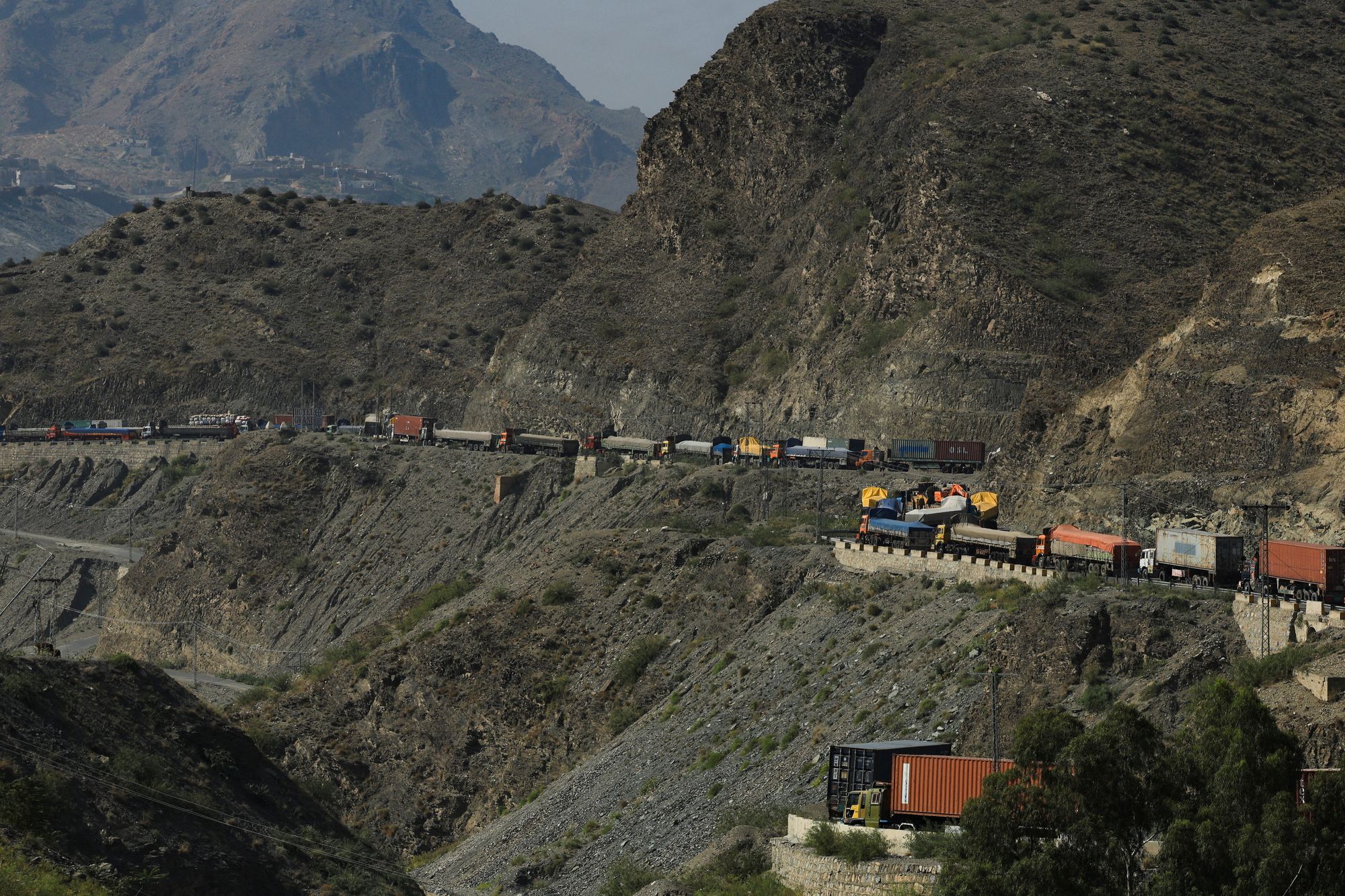
Is Pakistan employing a new deterrence framework?
Analysts note that Pakistan is finding it increasingly hard to overlook the rising fatalities caused by attacks that it claims are launched from Afghan soil.
According to the Centre for Research and Security Studies (CRSS), an Islamabad-based think-tank, more than 2,400 members of Pakistan’s security forces have been killed in the first nine months of 2025 alone, putting the country on track for its deadliest year in a decade.
Attacks have surged since the removal of former prime minister Imran Khan a few years ago. Khan’s administration had worked with the Taliban to negotiate a TTP ceasefire. While that truce collapsed during his tenure, the frequency of assaults remained comparatively lower.
Relations worsened further as Islamabad increasingly carried out airstrikes within Afghan territory, targeting locations it said were used by TTP fighters. Analysts point to the uptick in TTP attacks on Pakistani forces as the primary trigger for the recent border clashes.
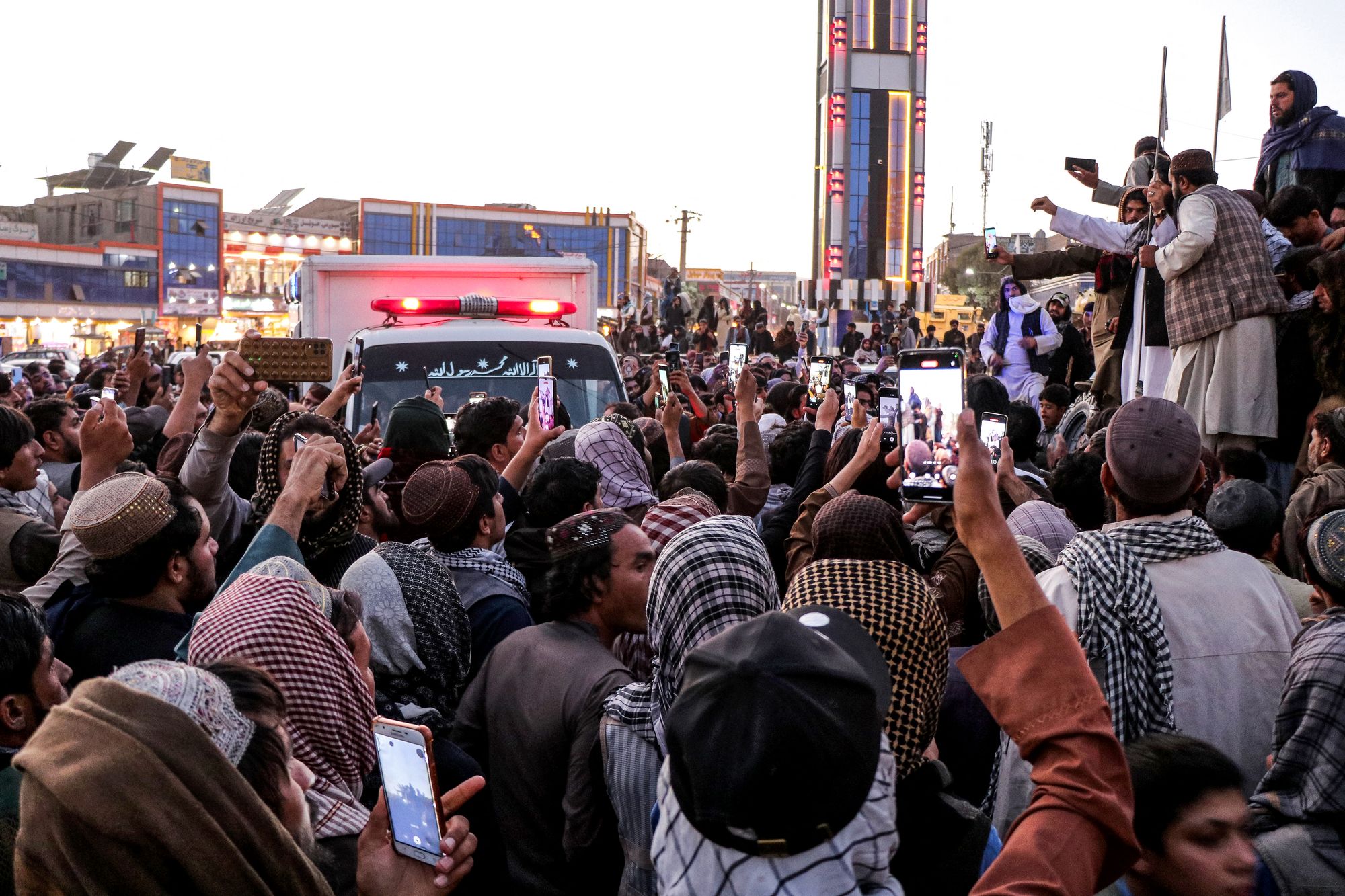
They believe that Islamabad is attempting to establish a new deterrence framework, signalling that any assault perceived to originate from Afghanistan, whether carried out by the TTP or other armed groups, will trigger consequences for Kabul.
“Any attack which emanates from Afghanistan will be responded [to] with [the] same ferocity on their territory, with Pakistan implying that [the] Afghan Taliban are facilitating such attacks in Pakistan, and thus are legitimate targets,” Abdul Basit, a scholar at the International Centre for Political Violence and Terrorism Research at Singapore’s S Rajaratnam School of International Studies, was quoted as saying by Al Jazeera.
Pakistan’s border regions have long been hotspots of conflict, dating back to 1979 when the country became a frontline state in the US-backed war against the then Soviet Union in Afghanistan.
According to the defence analyst Abdullah Khan, who is also the managing director of the Pakistan Institute for Conflict and Security Studies, the area’s instability worsened after the 9/11 attacks.
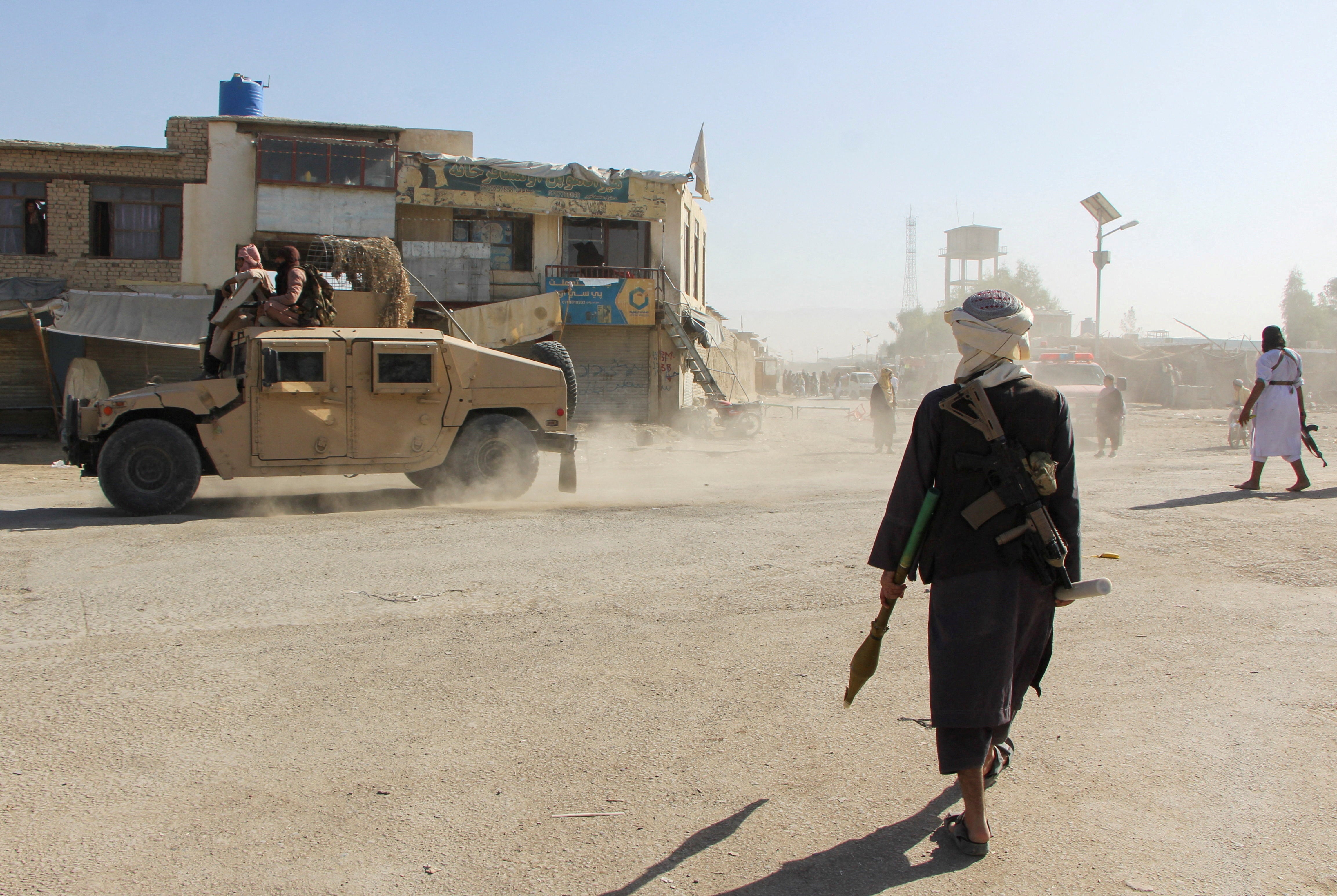
He told the Associated Press: “After the September 11 attacks, Pakistan’s tribal belt descended into chaos as the Afghan Taliban, al-Qaida and other groups operated from both sides of the border for attacks on Nato forces and Pakistani security forces.”
Tensions between the two neighbours are further compounded by Pakistan’s deportation of tens of thousands of Afghan refugees. Since the decades of conflict began, at least three million Afghans have sought refuge in Pakistan, creating additional friction between the two neighbours.
How have international leaders responded?
The recent Pakistan-Afghanistan border clashes have drawn concern from regional powers, urging both sides to exercise restraint and prioritise dialogue to prevent escalation.
Iran, Qatar, and Saudi Arabia all called for diplomacy to maintain regional stability and security.
India has not commented, though Pakistan is wary of New Delhi’s engagement with the Taliban, some observers note.
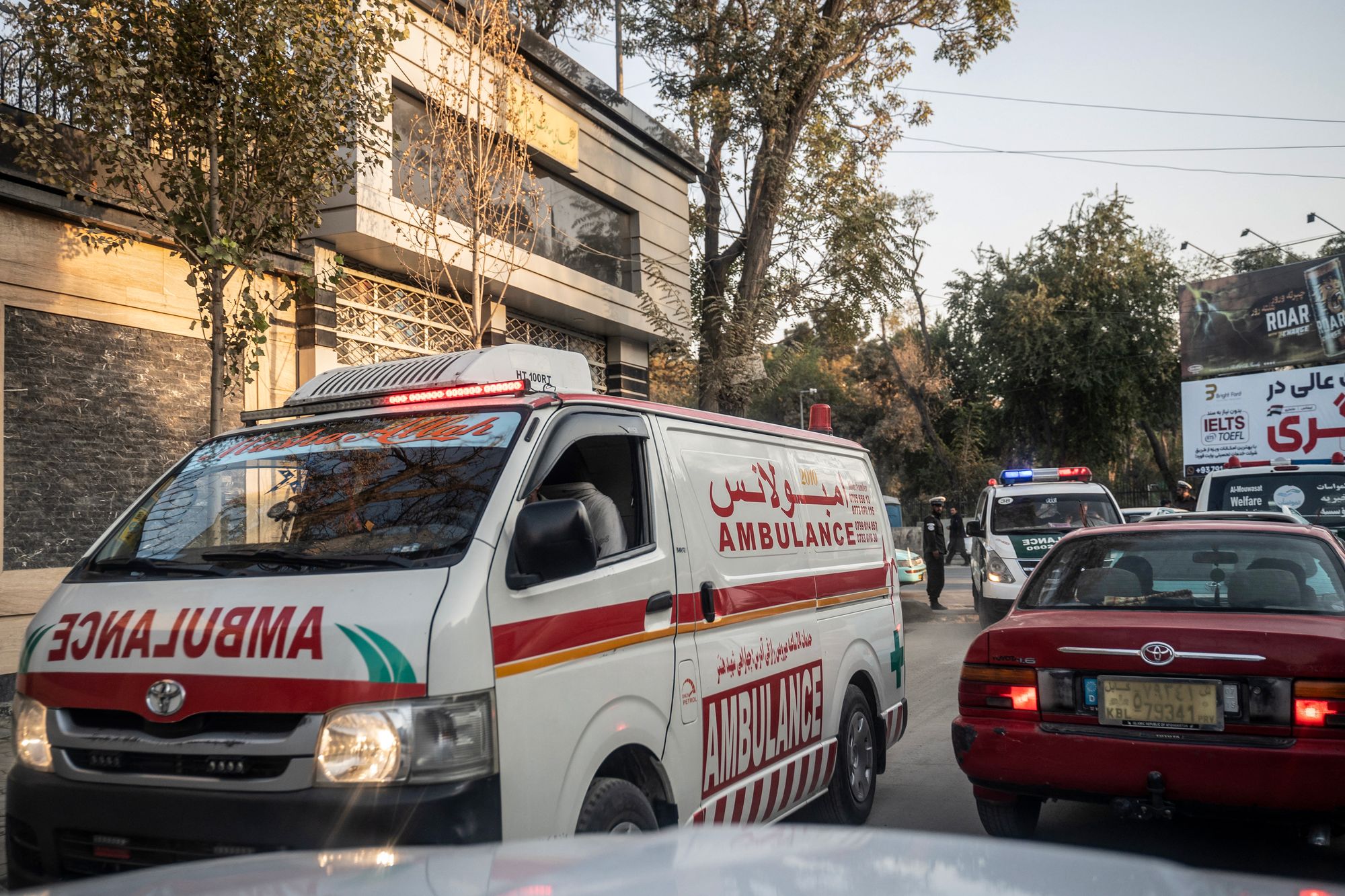
Saudi Arabia’s ministry of foreign affairs said: “The kingdom calls for restraint, avoiding escalation, and embracing dialogue and wisdom to contribute to reducing tensions and maintaining security and stability in the region.
“The kingdom affirms its support for all regional and international efforts aimed at promoting peace and stability and its continued commitment to ensuring security, which will achieve stability and prosperity for the brotherly Pakistani and Afghan peoples,” it added.
Iranian foreign minister Abbas Araghchi said: “Our position is that both sides must exercise restraint,” and added that “stability” between the two countries “contributes to regional stability”.
Qatar’s ministry of foreign affairs also urged “both sides to prioritise dialogue and diplomacy, exercise restraint, and work to contain the disputes in a way that helps reduce tension, avoids escalation, and contributes to regional peace and stability”.
China also called for safeguarding its citizens and investments, Russia urged both sides to exercise restraint, and US president Donald Trump suggested he could step in to help resolve the conflict.
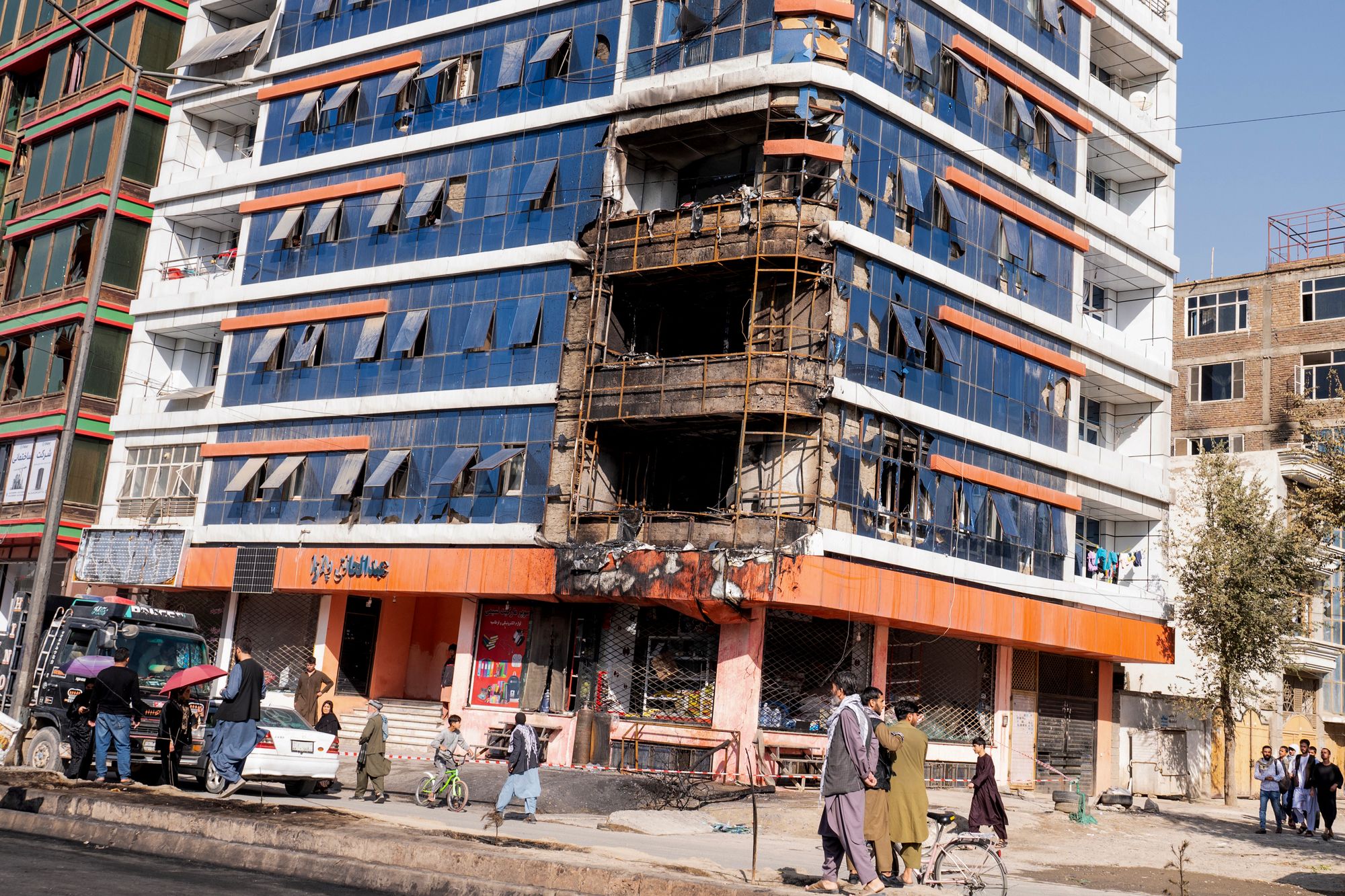
What did Trump say?
US president Donald Trump appears to have shifted his focus to the South Asian conflict from his recent Gaza peace plan. Speaking to reporters recently, he said: “And I hear there is a war now going on between Pakistan and Afghanistan. I said, I’ll have to wait till I get back. I am doing another one. Because I am good at solving wars.”
Pakistan reported 23 soldiers killed, while the Taliban said nine of its fighters died. Both sides, however, claimed much higher enemy casualties: Pakistan claimed over 200 Taliban and allied fighters killed, and Afghanistan said it had killed 58 Pakistani troops.
How is India involved?
The clashes coincided with Taliban foreign minister Amir Khan Muttaqi’s first visit to India since the group returned to power.
Kabul-based analyst Ibraheem Bahiss of the International Crisis Group suggested that Muttaqi’s high-profile reception in India was “probably a factor in the ultimate decision by the Pakistan Army to escalate in the major way that we saw”.
Following the visit, The Hindu reported that Pakistan summoned the Afghan ambassador to express its “strong reservations” regarding the India-Afghanistan joint statement, in which both countries “unequivocally condemned all acts of terrorism emanating from regional countries”.
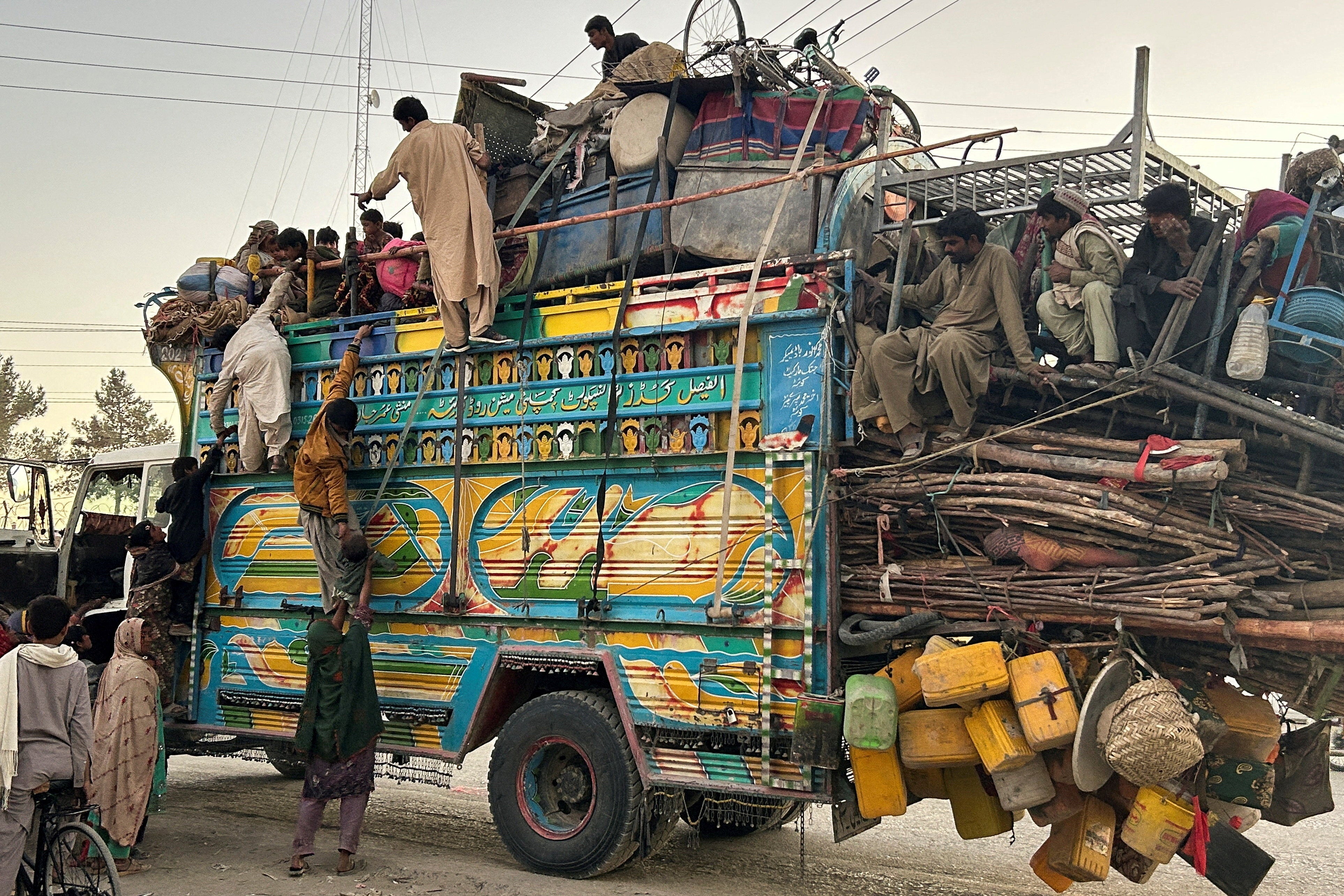
From the mid-1990s until recent years, India had regarded the Taliban as a proxy for Pakistan’s intelligence services, holding the group and its allies responsible for deadly assaults on Indian diplomatic missions in Afghanistan.
However, following the Taliban’s return to power and amid growing tensions between Kabul and Islamabad, India has pursued a series of diplomatic engagements with the new Afghan leadership, culminating in Mr Muttaqi’s visit.
“Pakistani media has been furious over Muttaqi’s visit to India,” Afghan content creator Pathan Bhai said in a video, according to India Today.
What were the official responses to the clashes?
Pakistani prime minister Shehbaz Sharif condemned the Afghan strikes, stating that the country’s military “not only gave a befitting reply to Afghanistan’s provocations but also destroyed several of their posts, forcing them to retreat”.
UNAMA welcomes #Afghanistan-#Pakistan ceasefire announcement, urges protection of civilians.
— UNAMA News (@UNAMAnews) October 16, 2025
Statement (English, Dari, Pashto): https://t.co/I5zhN55uvI pic.twitter.com/guWWH0UDXm
Interior minister Mohsin Naqvi described the attacks as “unprovoked”, adding that Afghan fire had targeted civilians. He strongly condemned the strikes, saying: “The firing by Afghan forces on civilian populations is a blatant violation of international laws.”
On the Afghan side, Enayatullah Khowarazmi, spokesperson for the ministry of defence, framed the strikes on Pakistani border posts as retaliatory measures.
He warned that “if the opposing side again violates Afghanistan’s airspace, our armed forces are prepared to defend their airspace and will deliver a strong response”.
What happens next?
Although TTP’s presence remains a key irritant for Pakistan, analysts believe the recent Pakistan-Afghanistan border clashes are unlikely to escalate into a larger conflict. Afghanistan lacks conventional military strength compared with Pakistan, and both sides appear focused on de-escalation at the moment.
However, the border is expected to stay tense for the foreseeable future, as Pakistan has signalled it will continue taking action against militants it claims are crossing from Afghanistan to target its security forces.
Pakistan and Afghanistan agree temporary ceasefire after airstrike
Villagers return to abandoned Himalayan homes after 60 years
Taliban claim major assault on Pakistani military posts as border fighting escalates
At least 20 people dead as passenger bus catches fire in northern India
Pakistani dating show sparks outrage
At least 16 killed after fire engulfs warehouse and garment factory in Bangladesh







